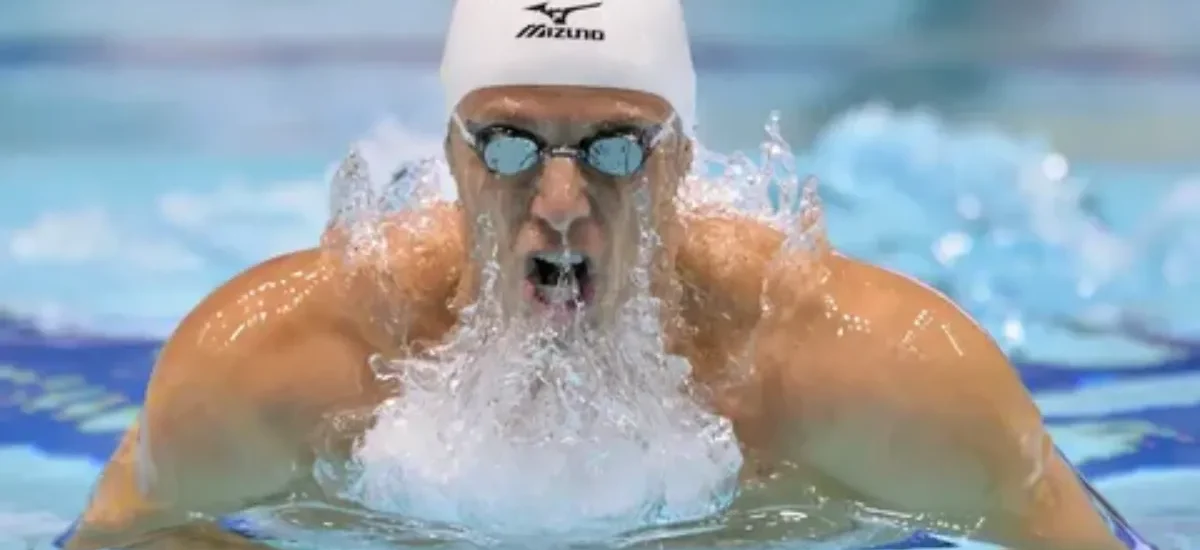FINA’s Latest Updates in Aquatic Sports
The heading “Introduction to FINA’s Latest Updates in Aquatic Sports” serves as the opening statement of an announcement or document that outlines recent developments and changes within aquatic sports governed by FINA (Fédération Internationale de Natation or International Swimming Federation). Here’s an expanded explanation:
This section provides a brief overview of the purpose and scope of the document or announcement. It sets the stage for what follows by explaining that the content will cover recent updates and developments in aquatic sports under the auspices of FINA.
FINA: This acronym refers to the International Swimming Federation, which is the international governing body for aquatic sports including swimming, diving, synchronized swimming, water polo, and open water swimming.
Latest Updates: This part highlights that the content will focus on the most recent changes, advancements, or modifications that have been implemented by FINA across various aquatic sports disciplines. These updates could encompass rule changes, technological innovations, safety protocols, or any other significant developments.
Aquatic Sports: This term broadly encompasses all sports and disciplines that take place in or on water, such as swimming, diving, synchronized swimming, water polo, and open water swimming. Each of these disciplines may have specific updates or changes that are relevant to athletes, officials, and fans.
In summary, “Introduction to FINA’s Latest Updates in Aquatic Sports” is a heading that prepares the reader for detailed information regarding recent changes and advancements within the realm of aquatic sports as overseen by FINA. It sets the context for the document by outlining the focus on current developments across various disciplines governed by the federation.
Key Changes in FINA Regulations for Aquatic Sports
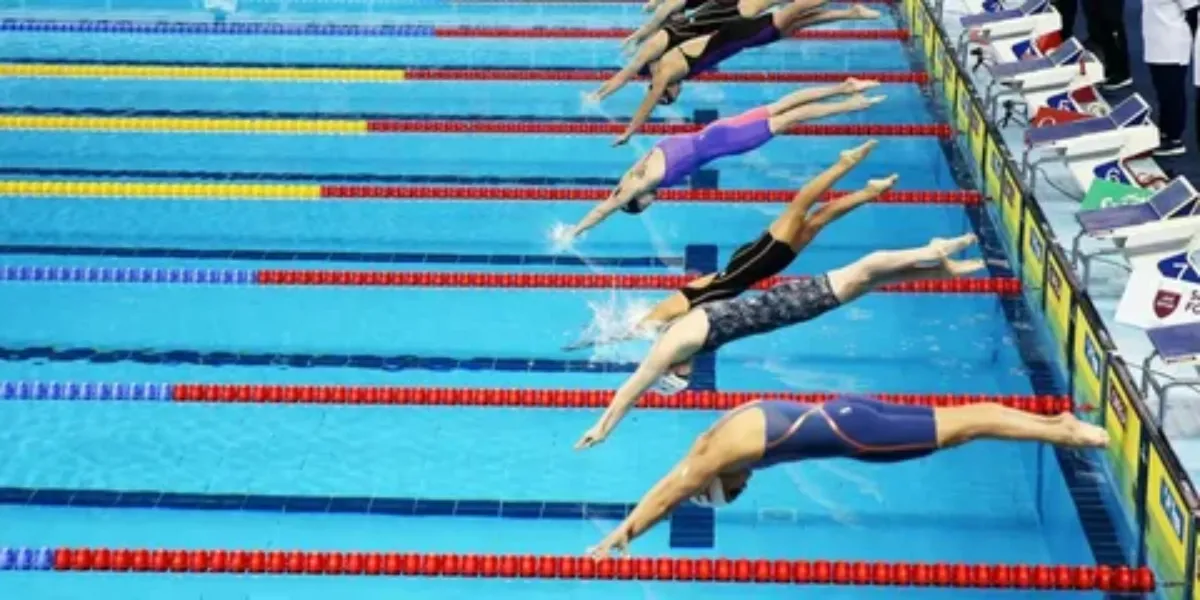
The heading “Key Changes in FINA Regulations for Aquatic Sports” indicates a detailed exploration of significant alterations or updates to the rules and regulations governing aquatic sports under the purview of FINA (Fédération Internationale de Natation or International Swimming Federation). Here’s a breakdown of what this heading encompasses:
Key Changes: This phrase emphasizes that the content will specifically highlight important modifications, revisions, or updates that have been made to the regulatory framework set by FINA. These changes are likely to impact how competitions are conducted, how athletes prepare, and how officials oversee events.
FINA Regulations: Refers to the set of rules, guidelines, and standards established by FINA that govern the conduct of aquatic sports competitions worldwide. These regulations cover aspects such as athlete eligibility, competition formats, safety protocols, judging criteria, and equipment standards across disciplines like swimming, diving, synchronized swimming, water polo, and open water swimming.
Aquatic Sports: Encompasses a wide range of competitive sports and disciplines that take place in water. This includes swimming, where athletes race in pools over various distances; diving, which involves acrobatic movements from springboards or platforms; synchronized swimming, where teams perform choreographed routines in water; water polo, a team sport played in pools; and open water swimming, where athletes compete in natural bodies of water like lakes or oceans.
Explanation: The heading suggests that the content will provide an in-depth explanation of these changes, including their rationale, potential impacts on athletes and competitions, and how they align with FINA’s broader goals and objectives. It serves as a guide for stakeholders within the aquatic sports community to understand and adapt to new regulatory requirements.
In summary, “Key Changes in FINA Regulations for Aquatic Sports” signifies a detailed exploration of significant updates to the rules and guidelines governing various aquatic sports disciplines under FINA’s authority. It aims to inform readers about recent regulatory developments that shape the landscape of competitive aquatic sports globally.
New Developments in Competitive Swimming and Diving
The heading “New Developments in Competitive Swimming and Diving” focuses on recent advancements, innovations, or changes within the realms of competitive swimming and diving. Here’s a comprehensive explanation of what this heading entails:
New Developments: This phrase indicates that the content will cover recent innovations, advancements, or changes that have emerged in competitive swimming and diving. These developments may include technological advancements, training methodologies, rule changes, or any other significant updates that affect these sports.
Competitive Swimming: Refers to the sport where athletes race against each other in swimming pools, typically over varying distances and strokes. It encompasses individual events, relays, and medley races across different levels of competition, from local meets to international championships like the Olympics.
Diving: Refers to the sport where athletes perform acrobatic dives into water from a platform or springboard. Competitive diving includes various events such as springboard diving, platform diving, synchronized diving, and high diving, each with its own set of technical and artistic requirements.
Explanation: The heading suggests that the content will provide a detailed explanation of these new developments, outlining their significance and potential impact on competitive swimming and diving. This could include advancements in training techniques, changes in competition formats, updates to judging criteria, innovations in equipment, or insights into the performance of athletes and teams.
Implications: The discussion under this heading may explore how these new developments enhance the sport, improve athlete performance, influence coaching strategies, or contribute to the overall evolution of competitive swimming and diving. It serves as a source of information and analysis for stakeholders, including athletes, coaches, officials, and fans, interested in staying abreast of the latest trends and innovations in these sports.
In summary, “New Developments in Competitive Swimming and Diving” signifies an exploration of recent advancements, innovations, or changes that impact the competitive landscape of swimming and diving. It aims to inform readers about emerging trends and developments within these sports, highlighting their implications for athletes, coaches, and the broader community involved in competitive aquatic sports.
Advances in Water Polo Rules and Regulations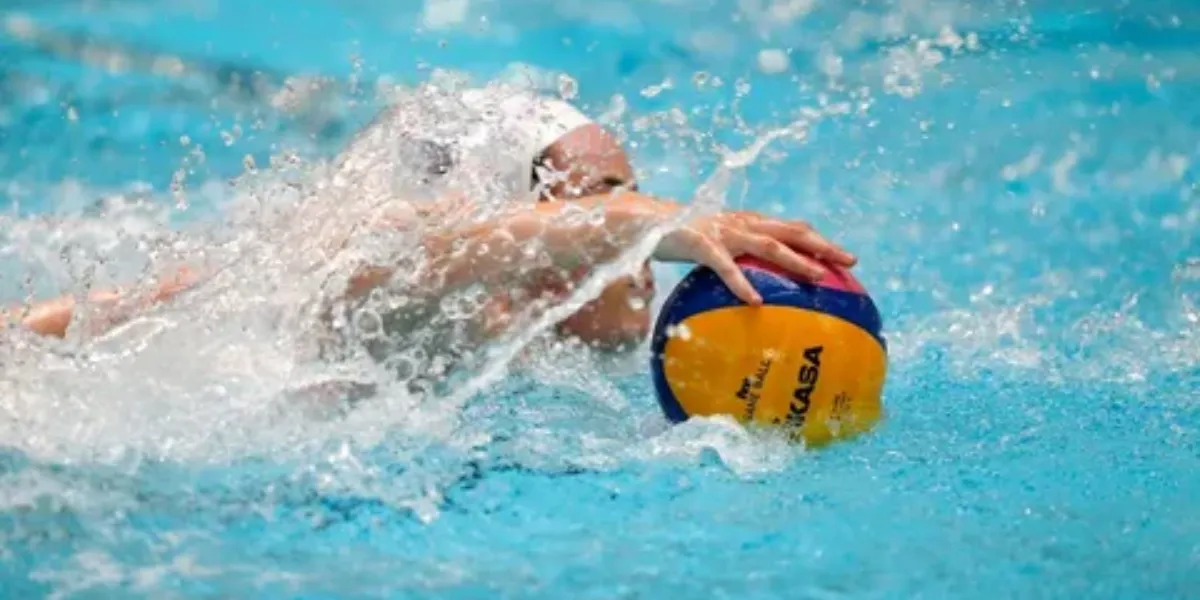
The heading “Advances in Water Polo Rules and Regulations” refers to significant developments, updates, or changes that have occurred in the rules and regulatory framework governing the sport of water polo. Here’s a detailed explanation of what this heading entails:
Advances: This term indicates progress, improvements, or changes that have been made in the context of water polo rules and regulations. It suggests that there have been noteworthy developments in how the sport is organized, officiated, or played at various levels of competition.
Water Polo: A team sport played in water, primarily in swimming pools, where teams of players attempt to score goals by throwing a ball into the opposing team’s goal. Water polo combines elements of swimming, handball, and basketball, requiring physical stamina, strategic thinking, and teamwork.
Rules and Regulations: Refers to the set of guidelines, standards, and protocols established by governing bodies such as FINA (International Swimming Federation) or national federations to govern the conduct of water polo matches. These rules cover various aspects including game play, equipment standards, player conduct, officiating criteria, and competition formats.
Explanation: The heading suggests that the content will provide a detailed explanation of recent advances or changes in water polo rules and regulations. This may include updates to game rules, adaptations to improve fairness or safety, modifications in competition formats, changes in disciplinary procedures, or adjustments to accommodate technological advancements.
Impact: The discussion under this heading may explore how these advances in rules and regulations influence the game of water polo. It may consider their implications for players, coaches, referees, and spectators, as well as how they contribute to the evolution and development of the sport globally.
In summary, “Advances in Water Polo Rules and Regulations” signifies a focus on recent developments and updates in the rules and regulatory framework governing the sport of water polo. It aims to inform stakeholders within the water polo community about changes that impact how the game is played, officiated, and organized at various levels of competition.
Innovative Techniques in Synchronized Swimming
The heading “Innovative Techniques in Synchronized Swimming” highlights advancements, new approaches, or creative methods that have emerged within the sport of synchronized swimming. Here’s a detailed explanation of what this heading entails:
Innovative Techniques: This phrase suggests the exploration of novel or groundbreaking methods, strategies, or approaches that have been developed or adopted within synchronized swimming. These techniques could involve choreography, artistic elements, technical maneuvers, training methodologies, or performance enhancements.
Synchronized Swimming: Also known as artistic swimming, synchronized swimming is a discipline where athletes perform synchronized routines in water, combining elements of dance, gymnastics, and swimming. It requires precise timing, coordination, flexibility, strength, and artistic flair.
Explanation: The heading indicates that the content will provide an in-depth explanation and exploration of these innovative techniques in synchronized swimming. It may discuss how these new approaches enhance the sport, elevate performance levels, improve artistic expression, or contribute to the overall development of synchronized swimming as a competitive and artistic discipline.
Examples: The discussion under this heading may include specific examples of innovative techniques, highlighting their application in routines, their impact on judging criteria, or their influence on training methodologies. This could encompass advances in formations, transitions, lifts, spins, artistic interpretations, or technical elements that push the boundaries of what is possible in synchronized swimming.
Implications: The exploration of innovative techniques may also consider their implications for athletes, coaches, judges, and the synchronized swimming community at large. It may discuss how these techniques shape the evolution of the sport, inspire creativity, foster competitiveness, and contribute to the ongoing development of synchronized swimming as an artistic and athletic endeavor.
In summary, “Innovative Techniques in Synchronized Swimming” focuses on exploring and understanding new and creative methods within synchronized swimming. It aims to inform and inspire stakeholders within the sport about advancements that enhance performance, artistic expression, and the overall development of synchronized swimming as a competitive and artistic discipline.
Safety Enhancements in Open Water Swimming
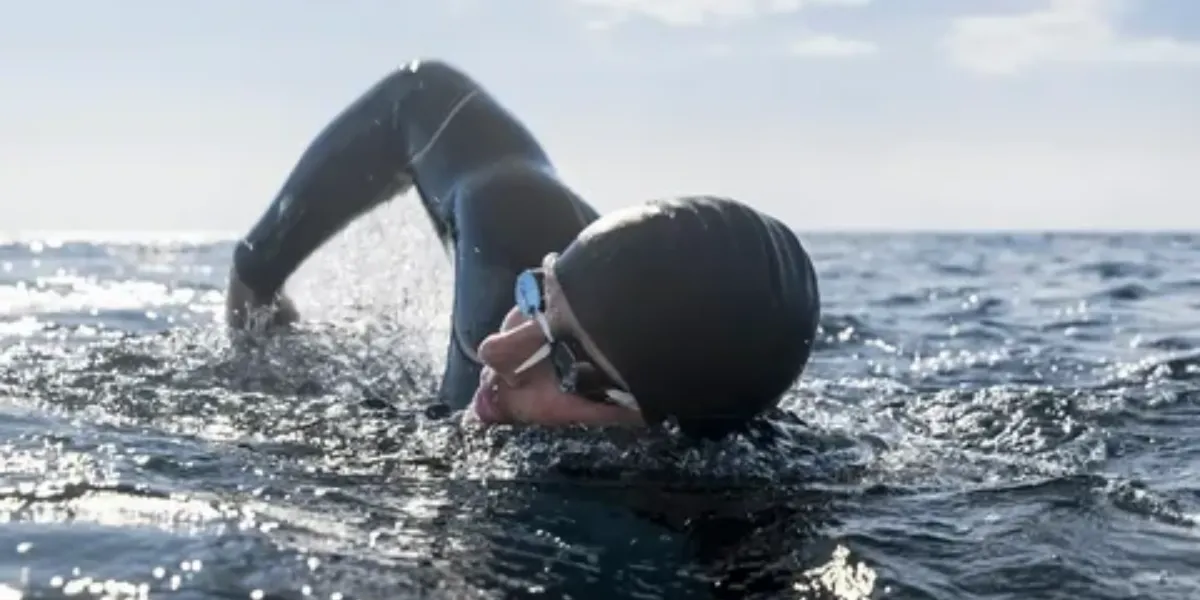
The heading “Safety Enhancements in Open Water Swimming” refers to improvements, measures, or changes implemented to enhance the safety aspects of participating in and organizing open water swimming events. Here’s a comprehensive explanation of what this heading entails:
Safety Enhancements: This term indicates efforts or initiatives aimed at improving safety standards, protocols, procedures, or technologies related to open water swimming. It suggests that measures have been taken to minimize risks and ensure the well-being of participants, officials, and spectators involved in open water swimming activities.
Open Water Swimming: Refers to the sport where athletes compete in natural bodies of water such as lakes, rivers, seas, or oceans, as opposed to swimming pools. Open water swimming events vary in distance and may include competitions like marathons, races, or challenges held in different environmental conditions.
Explanation: The heading suggests that the content will provide a detailed explanation and exploration of these safety enhancements in open water swimming. This may include advancements in safety equipment, improvements in rescue and medical protocols, updates to event organization guidelines, changes in participant preparation requirements, or innovations in water monitoring and environmental assessment.
Examples: The discussion under this heading may include specific examples of safety enhancements, such as the introduction of new safety buoys for swimmers, improvements in emergency response procedures, the implementation of stricter weather monitoring protocols, or the adoption of updated water quality standards.
Impact: The exploration of safety enhancements may also consider their impact on the open water swimming community. It may discuss how these measures improve participant confidence, ensure fair competition, enhance spectator experience, and contribute to the overall growth and sustainability of open water swimming as a sport.
In summary, “Safety Enhancements in Open Water Swimming” focuses on improvements and measures implemented to enhance the safety aspects of participating in and organizing open water swimming events. It aims to inform stakeholders within the open water swimming community about efforts to minimize risks, ensure participant safety, and promote the continued enjoyment and growth of open water swimming as a competitive and recreational activity.
Progress in Aquatic Sports Technology and Equipment
The heading “Progress in Aquatic Sports Technology and Equipment” signifies advancements, innovations, or developments in the technological tools and equipment used across various aquatic sports disciplines. Here’s a detailed explanation of what this heading encompasses:
Progress: This term indicates forward movement, improvements, or advancements in technology and equipment related to aquatic sports. It suggests that there have been significant developments that enhance performance, safety, efficiency, or overall experience within these sports.
Aquatic Sports: Encompasses a range of competitive and recreational sports that take place in or on water, including swimming, diving, synchronized swimming, water polo, and open water swimming. Each of these sports may benefit from technological advancements and innovations in equipment.
Technology and Equipment: Refers to tools, devices, gear, materials, and innovations designed to improve athlete performance, optimize training methods, enhance safety, or provide competitive advantages in aquatic sports. This includes advancements in swimsuits, diving boards, goggles, timing systems, training aids, underwater cameras, and more.
Explanation: The heading suggests that the content will provide an in-depth explanation and exploration of recent progress in aquatic sports technology and equipment. This may include discussions on new materials used in swimsuit design, improvements in diving equipment to enhance performance and safety, advancements in training aids to improve technique, or innovations in timing and scoring systems to ensure accuracy and fairness in competitions.
Examples: The discussion under this heading may include specific examples of technological advancements and equipment innovations across different aquatic sports disciplines. It could highlight how these developments have impacted training methodologies, influenced competition outcomes, or contributed to records being broken.
Impact: The exploration of progress in aquatic sports technology and equipment may also consider their broader impact on athletes, coaches, officials, and the sports industry as a whole. It may discuss how these advancements drive innovation, improve athlete development pathways, attract sponsorships, enhance spectator experiences, or shape the future direction of aquatic sports.
In summary, “Progress in Aquatic Sports Technology and Equipment” focuses on advancements and innovations in technology and equipment within various aquatic sports disciplines. It aims to inform stakeholders within the sports community about recent developments that enhance performance, safety, efficiency, and overall experience in competitive and recreational aquatic activities.
Environmental Initiatives in FINA’s Aquatic Events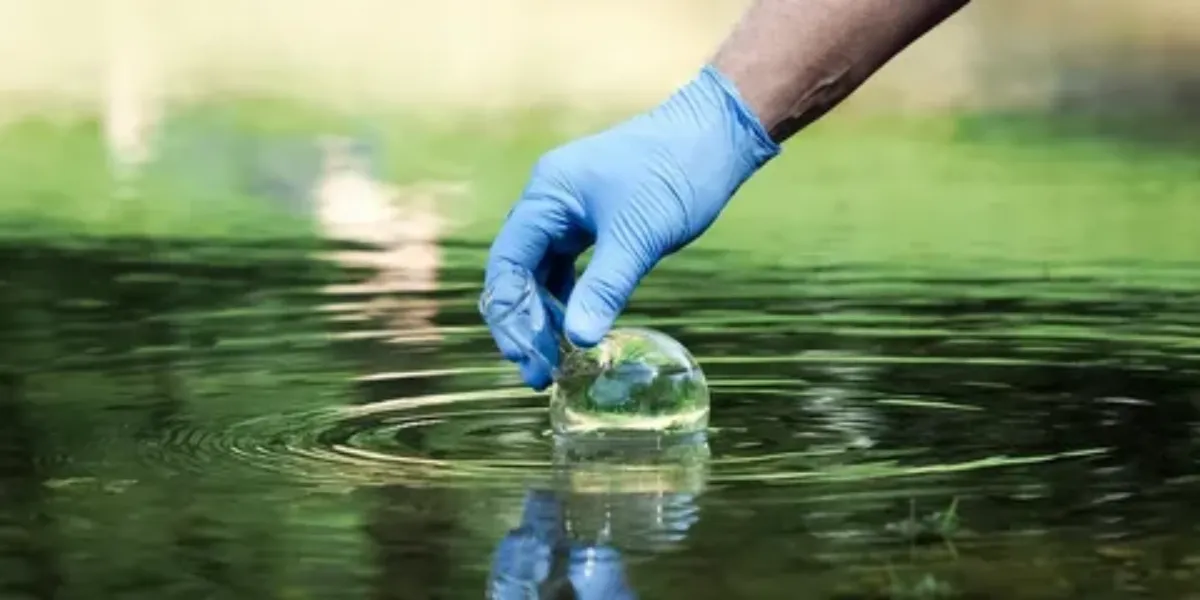
The heading “Environmental Initiatives in FINA’s Aquatic Events” refers to efforts and programs implemented by FINA (Fédération Internationale de Natation or International Swimming Federation) aimed at promoting environmental sustainability and conservation within the context of aquatic sports events. Here’s a detailed explanation of what this heading entails:
Environmental Initiatives: This term indicates actions, projects, or campaigns undertaken by FINA to address environmental issues, promote sustainability, and reduce the environmental footprint associated with organizing and hosting aquatic sports events. These initiatives may include strategies to conserve resources, minimize waste, protect natural habitats, and promote eco-friendly practices.
FINA’s Aquatic Events: Refers to international competitions, championships, and events organized or sanctioned by FINA across various aquatic sports disciplines. This includes swimming, diving, synchronized swimming, water polo, and open water swimming events held globally.
Explanation: The heading suggests that the content will provide an explanation and exploration of these environmental initiatives in FINA’s aquatic events. This may include descriptions of specific programs implemented by FINA to promote environmental sustainability, partnerships with environmental organizations, adoption of green practices in event management, or initiatives to raise awareness among athletes, officials, and spectators.
Examples: The discussion under this heading may include specific examples of environmental initiatives implemented by FINA. This could range from initiatives to reduce single-use plastics at events, promote recycling and waste reduction measures, implement energy-saving technologies, support marine conservation projects, or advocate for water conservation practices.
Impact: The exploration of environmental initiatives may also consider their impact on aquatic sports events and the broader community. It may discuss how these initiatives contribute to the protection of natural environments, enhance the reputation of aquatic sports as environmentally responsible, inspire sustainable practices in other sports organizations, or engage stakeholders in efforts to address global environmental challenges.
In summary, “Environmental Initiatives in FINA’s Aquatic Events” focuses on efforts by FINA to promote environmental sustainability and conservation within the framework of its international aquatic sports events. It aims to inform stakeholders about initiatives aimed at reducing environmental impact, fostering eco-friendly practices, and contributing to global efforts towards environmental stewardship within the sports industry.
Community Engagement and Outreach Programs by FINA
The heading “Community Engagement and Outreach Programs by FINA” refers to initiatives and activities undertaken by FINA (Fédération Internationale de Natation or International Swimming Federation) to actively interact with and support communities globally. Here’s a detailed explanation of what this heading entails:
Community Engagement: This term signifies efforts by FINA to connect with communities, both locally and internationally, through various activities, events, and programs. These efforts aim to build relationships, foster inclusivity, and promote the values of aquatic sports within different societal contexts.
Outreach Programs: Refers to specific initiatives and projects organized by FINA to reach out to diverse populations, including youth, underrepresented groups, and individuals from various socio-economic backgrounds. These programs typically aim to promote participation in aquatic sports, educate communities about the benefits of physical activity, and inspire future generations of athletes and enthusiasts.
FINA: As the international governing body for aquatic sports, FINA plays a central role in promoting the development and growth of swimming, diving, synchronized swimming, water polo, and open water swimming worldwide. Its community engagement and outreach efforts are integral to achieving these objectives.
Explanation: The heading suggests that the content will provide an explanation and exploration of FINA’s community engagement and outreach programs. This may include descriptions of specific initiatives such as grassroots development programs, learn-to-swim campaigns, athlete mentorship programs, educational partnerships with schools and universities, charity events, or cultural exchange programs.
Examples: The discussion under this heading may include specific examples of community engagement and outreach programs implemented by FINA. This could encompass stories of successful programs that have positively impacted communities, testimonials from participants, statistics on program reach and engagement, or partnerships with local organizations and governments to promote aquatic sports.
Impact: The exploration of community engagement and outreach programs may also consider their impact on individuals, communities, and the broader sports landscape. It may discuss how these initiatives contribute to promoting health and well-being, fostering social inclusion, empowering youth, supporting local economies, and building a positive reputation for aquatic sports globally.
In summary, “Community Engagement and Outreach Programs by FINA” focuses on initiatives and activities organized by FINA to engage with communities and promote participation in aquatic sports worldwide. It aims to highlight efforts to connect with diverse populations, support grassroots development, and inspire a love for aquatic activities among people of all ages and backgrounds.
Future Outlook: What’s Next for Aquatic Sports under FINA
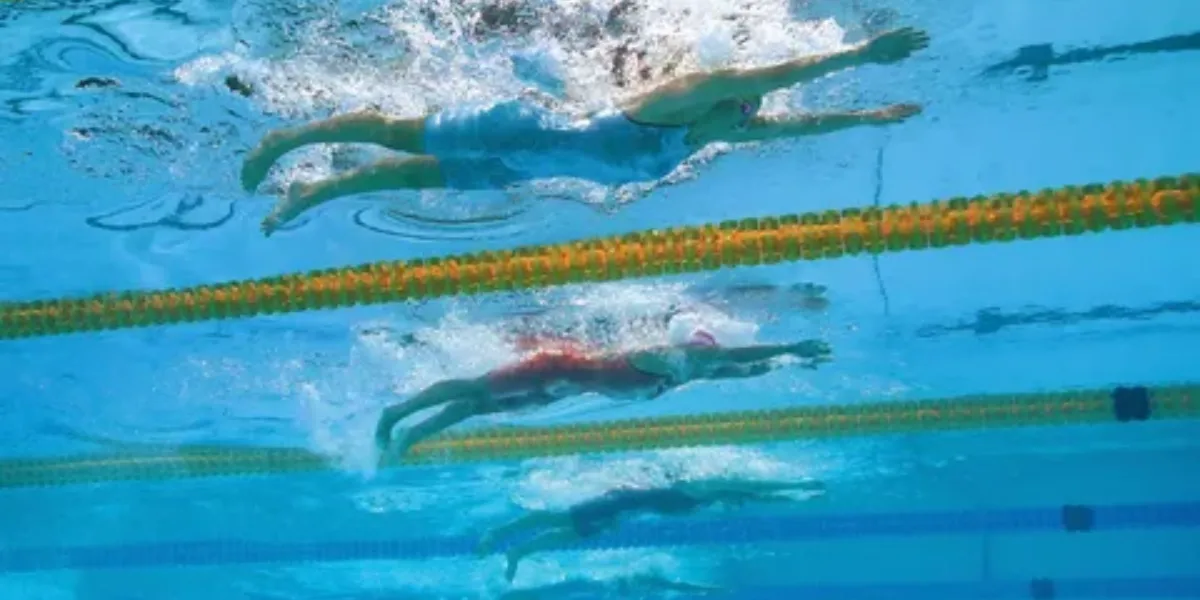
The heading “Future Outlook: What’s Next for Aquatic Sports under FINA” addresses the anticipated developments, strategies, and initiatives that FINA (Fédération Internationale de Natation or International Swimming Federation) plans to pursue in the coming years within the realm of aquatic sports. Here’s an in-depth explanation of what this heading encompasses:
Future Outlook: This phrase indicates a forward-looking perspective on the direction, goals, and vision that FINA has for the future of aquatic sports. It suggests that the content will focus on upcoming trends, plans, and strategic initiatives that FINA is considering or implementing to advance and evolve the sport globally.
Aquatic Sports: Encompasses a variety of competitive and recreational sports that take place in or on water. This includes swimming, diving, synchronized swimming, water polo, and open water swimming, each with its own unique characteristics, challenges, and opportunities.
Under FINA: Refers to activities, policies, and decisions made by FINA as the international governing body responsible for overseeing and regulating aquatic sports worldwide. FINA plays a crucial role in setting standards, organizing competitions, promoting development, and fostering international cooperation within these sports.
Explanation: The heading suggests that the content will provide an explanation and exploration of FINA’s strategic priorities, initiatives, and forecasts for the future of aquatic sports. This may include discussions on new initiatives to expand participation, enhance athlete development pathways, innovate in event management, improve governance and transparency, or address emerging challenges and opportunities in the sports industry.
Anticipated Developments: The discussion under this heading may include insights into anticipated developments such as new competition formats, technological advancements, rule changes, sustainability initiatives, partnerships with stakeholders, expansion into new markets, or efforts to enhance the global profile and popularity of aquatic sports.
Global Impact: The exploration of future outlook may also consider the potential global impact of FINA’s initiatives on athletes, coaches, officials, fans, and the broader sports community. It may discuss how these initiatives contribute to the growth, sustainability, and inclusivity of aquatic sports, as well as their role in promoting health, well-being, and social development worldwide.
In summary, “Future Outlook: What’s Next for Aquatic Sports under FINA” provides a forward-looking perspective on the strategic direction and anticipated developments within aquatic sports governed by FINA. It aims to inform stakeholders about upcoming trends, initiatives, and priorities that will shape the future landscape of swimming, diving, synchronized swimming, water polo, and open water swimming on a global scale.
Click here for more visited Posts!

